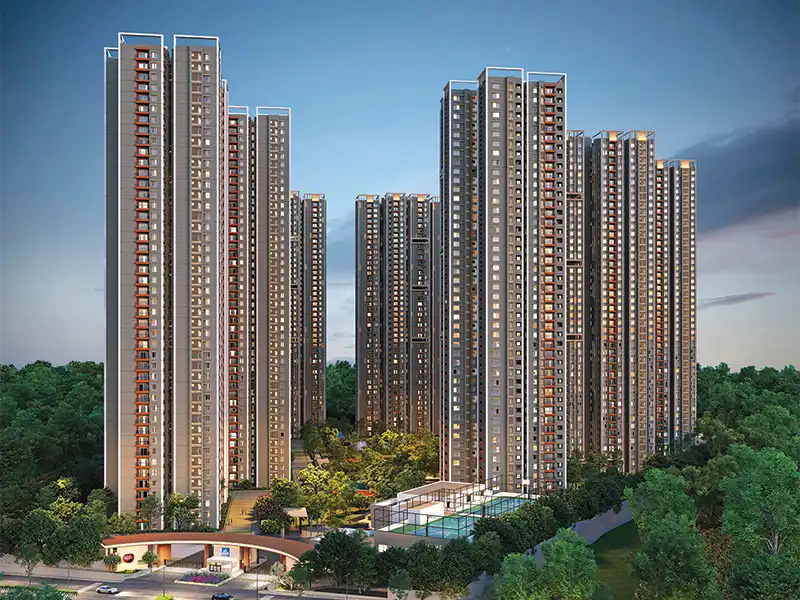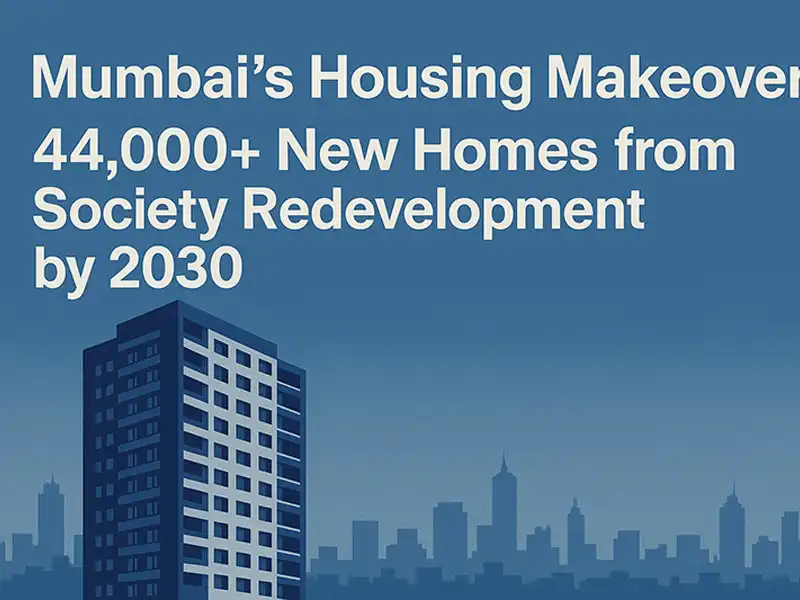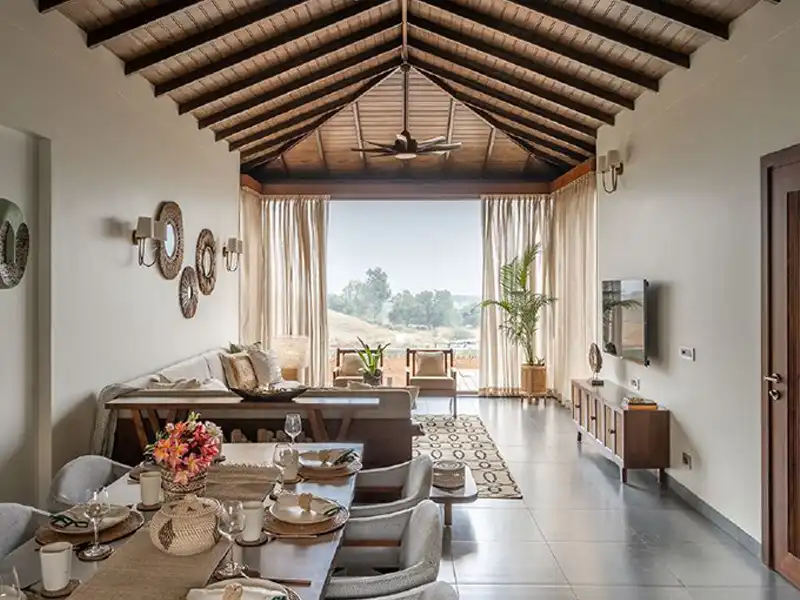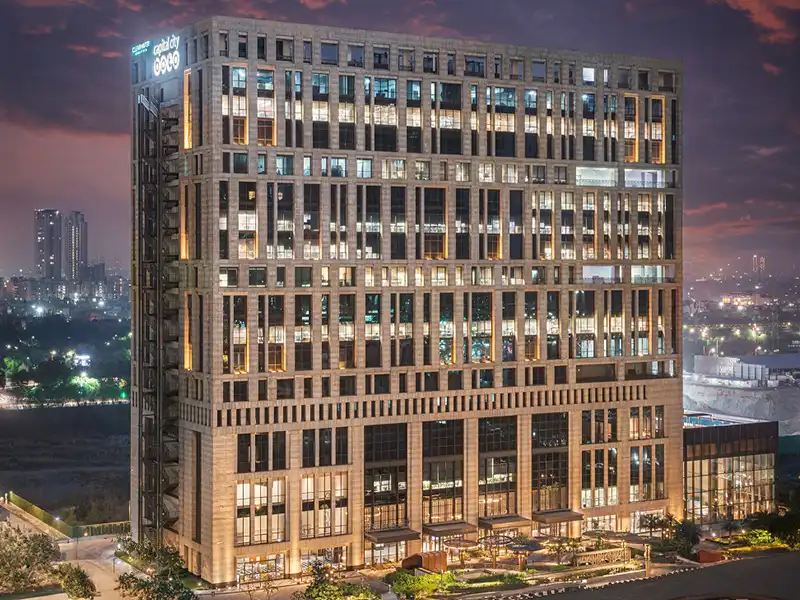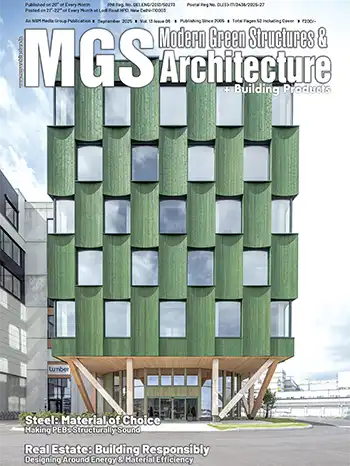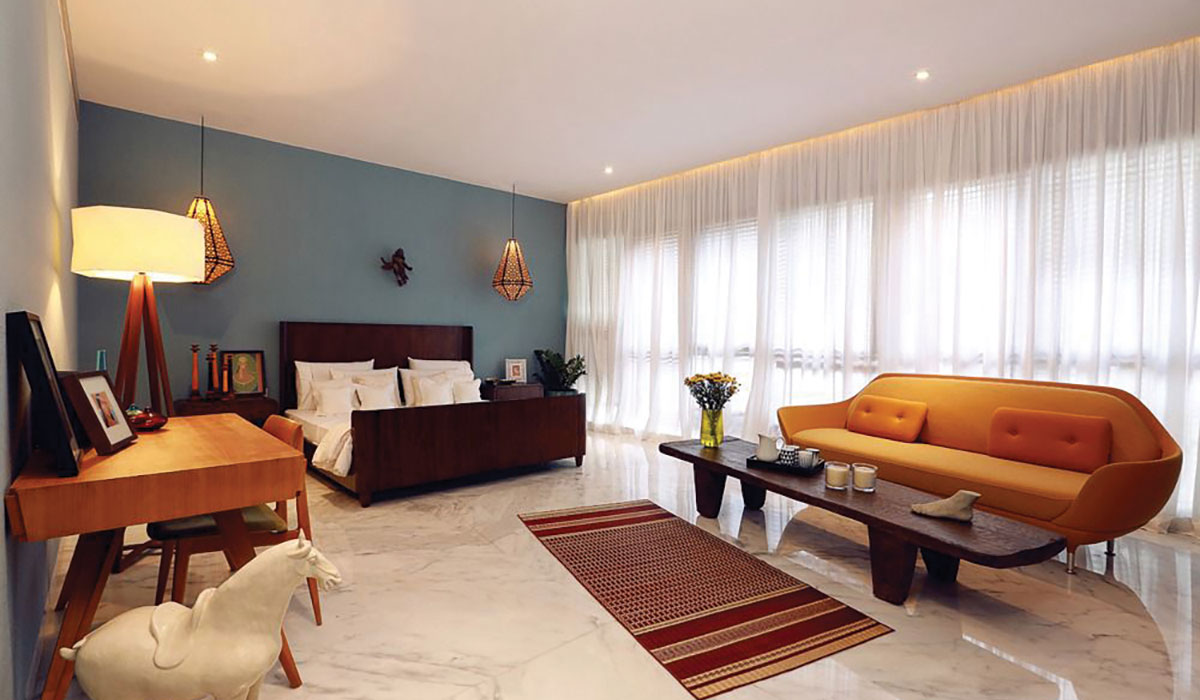
Indian luxury property is no longer just a question of excess—it is about smart, sensible design that skillfully blends international sophistication with India’s specific climatic and cultural conditions. But real luxury is not about imitating; it is reinterpreting. A stunningly beautiful house should not only be awe-inspiring to behold—it must also perform perfectly in its setting. As discerning High-Net-Worth Individuals (HNIs) and Ultra-High-Net-Worth Individuals (UHNIs) increasingly desire international styles, the secret is intelligent interpretation. A breathtaking Italian marble entrance hall might impress, but does it hold up against India’s monsoons? Stunning floor-to-ceiling glass dividers - but what happens in the scorching summer heat? The challenge—and the opportunity—are actually bringing worldwide inspiration in tune with India’s varied climate, lifestyle biases, and cultural nuances.
A World of Influence
International design trends shape Indian high-end homeowners, but aesthetics must blend sensibly with climate-conscious practicality. Corinthian pillars and European chandeliers are in vogue and adapted with cross-ventilation and weather-resistant coatings. Scandinavian minimalism also advocates openness and sunlight but with warm colours and perforated screens for India’s climate.Japanese Zen meets Indian traditions with indoor gardens and natural materials, though humid regions require treated wood and engineered flooring. Middle Eastern opulence brings intricate patterns and rich textures, but thick fabrics and carpets give way to lighter, climate-friendly alternatives.
On the other hand, American-style smart homes with AI-based security and automation are more sought after, but power outages require alternative energy sources. The trend is evident—luxury houses are no longer about grandeur but merging global designs with the specific Indian climate and culture.
Global designs add value; however, for global designs to be aspirational and functional, they should align with local weather and customer requirements and needs.
Vishwajeet Jhavar
Balancing Global Influence with Local Needs
International styles elevate luxury homes but must accommodate local lifestyles and weather to be desirable and functional. Italian marble is a classic and elegant option if properly treated with sealants, adding luxury to any place. However, locally available Makrana marble or Kota stone is a durable alternative in areas with heavy monsoons.Glass-dominated schemes can look trendy but tend to trap heat, making thermal comfort a key consideration. Strategically placing windows for cross-ventilation, incorporating double-glazed glass, and using shaded verandahs, plantation techniques, or decorative screens can help regulate indoor temperatures while maintaining the aesthetic appeal of luxury homes.
At Marvel Realtors, our architecture emphasises a luxurious experience, featuring modern home automation and 100% power backup. Large floor-to-ceiling windows maximise natural light and ventilation, strategically placed using sun path analysis, while screens and Jalis minimise heat gain. The interior showcases imported marbles for a high-end finish, complemented by international landscaping and lighting through esteemed foreign consultants.
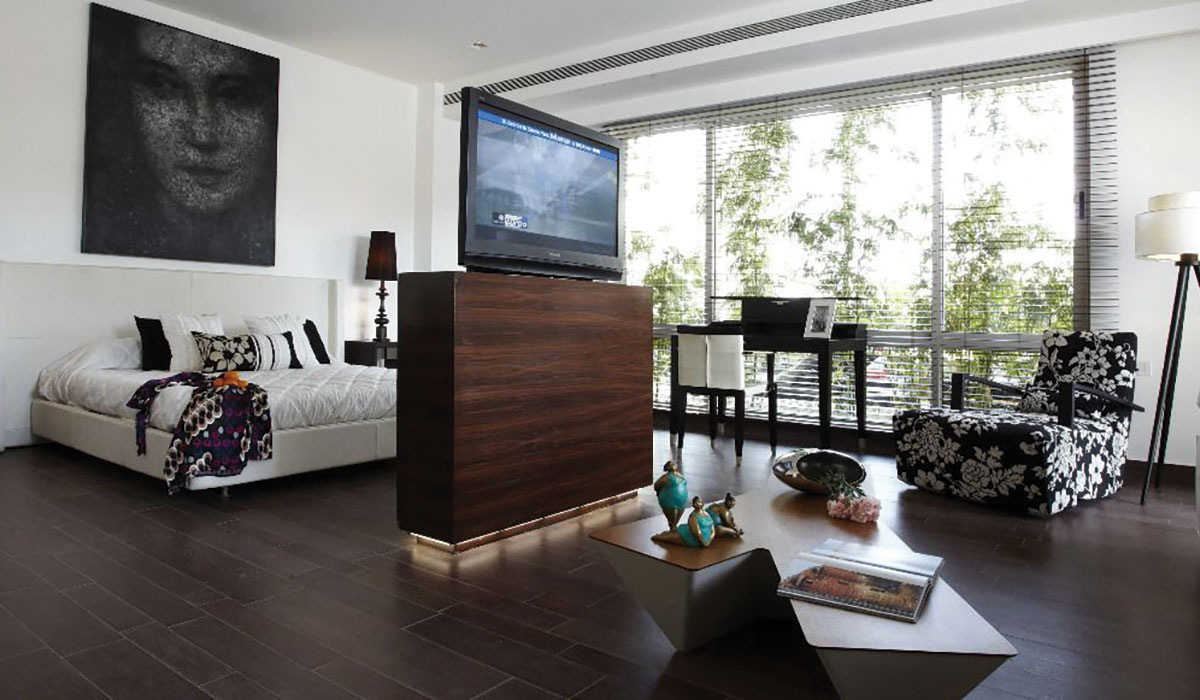
Key features include private elevators, spacious and private double-height terraces with planters, central air conditioning, and amenities like private steam showers, jacuzzis, and pools in select apartments. Residents can also access a poker room, cigar lounge, spa, and business centre.
Storage requirements also vary; while European homes value compact systems, Indian residences need extensive wardrobes, prayer spaces, and servant areas. There are also cultural considerations.
Courtyards, which were imperative earlier for ventilation, are returning to luxury residences as natural cool spaces balancing heritage with modern living. In kitchens, hybrid designs with concealed spice shelves are both appealing and functional for Indian homes.
Future Trends in Indian Luxury Homes
In the future, Indian luxury houses will be green; rainwater harvesting, green material use, and green architecture will be the new norm. Biophilic design will introduce nature within homes through green roofs, walls, and natural airflow. AI homes will offer personalisation in every aspect, from climate to predictive maintenance, redefining what luxury is today.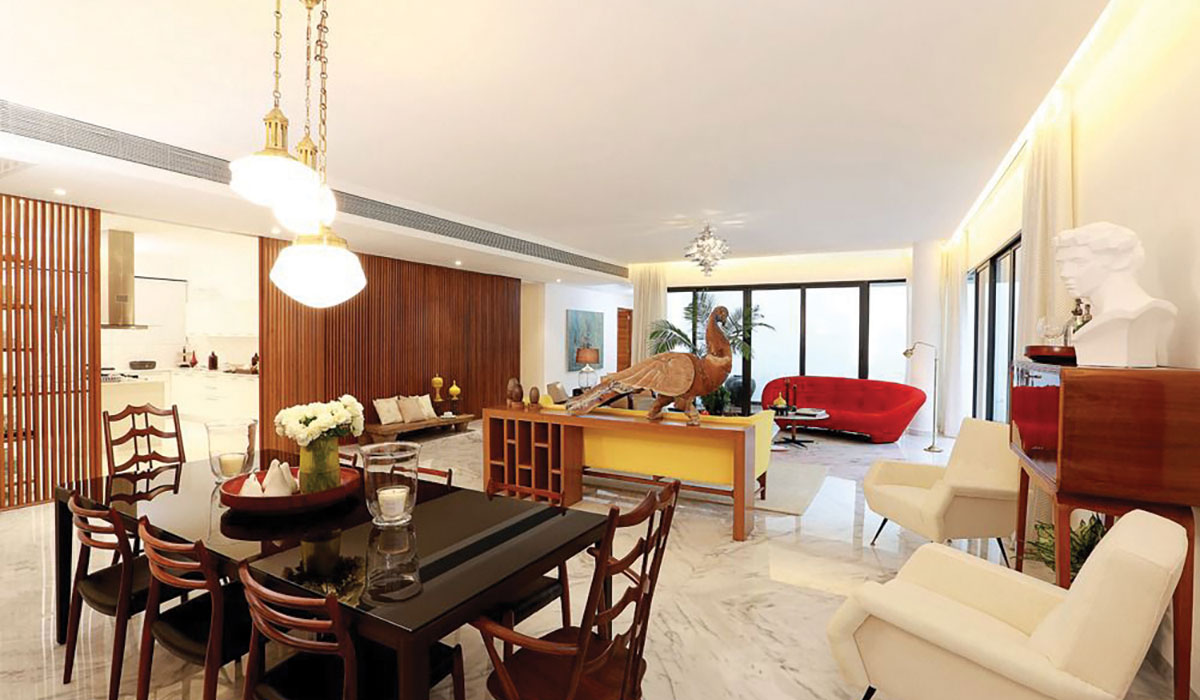
Key Takeaways
- Global Designs Elevate Luxury: Bringing international architectural styles into Indian homes adds a touch of sophistication and true value inside out.
- Tailored Adaptation is Key: Luxury is not just about embracing global trends; it also needs to harmonise with our climate, culture, and way of life.
- Tech Meets Sustainability: Smart luxury homes should combine technology with energy-efficient solutions, tackling India’s unique climate and power challenges.
- Balancing Design and Function: Whether it is sleek Scandinavian minimalism, rich Middle Eastern opulence, or timeless European charm, the best designs should seamlessly blend stunning aesthetics with practicality for everyday life.
- Timeless Over Trendy: Trends may come and go, but a truly luxurious home is about lasting elegance and environmental consciousness.




